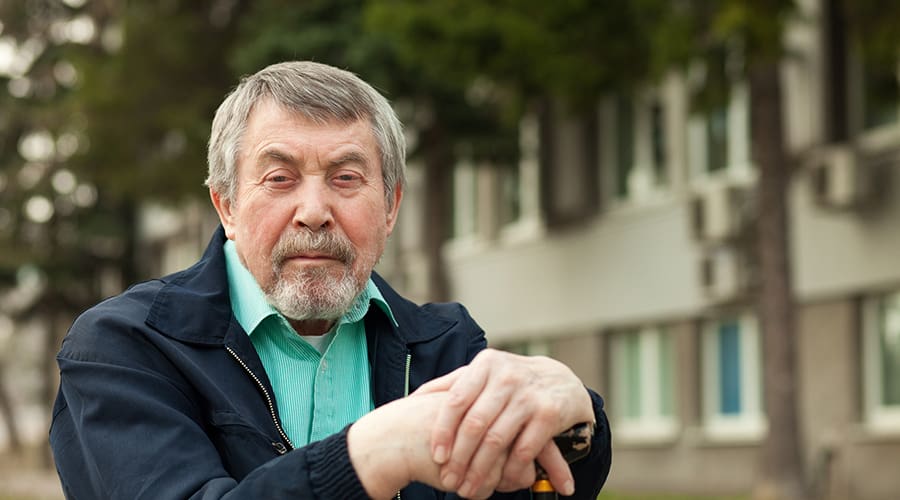
Study shows it can be a helpful adjunct to PT and OT
Dopamine-producing neurons are essential for motor skill learning in a mouse model of Parkinson’s disease, according to a new study from the NIA Intramural Research Program (IRP). Findings were published July 30 in Cell Reports by a team of researchers from the Laboratory of Neurogenetics in the NIA IRP.
Some of the nerve cells most affected by Parkinson’s Disease (PD) are those responsible for producing and transmitting the neurotransmitter dopamine, vital for controlling complex body movements.
Dopamine-replacement therapy is a common treatment for PD-related movement issues like tremor and slowness of movement but is less effective in treating postural instability and gait disability, which are related to motor learning decline.
In the study, the NIA IRP researchers removed affected neurons in mice to mimic the pattern of brain cell loss in late-stage PD. The team used a rotarod test—in which the mice must learn to balance and walk on a rod that constantly rotates like a treadmill—to evaluate motor skill learning..
Dopamine-replacement therapy did not help the mice regain their ability to learn new motor skills. The researchers concluded that because motor learning requires a dynamic response to stimuli and a timely release of dopamine inputs, dopamine-replacement therapy alone was not sufficient to restore motor learning.
The findings suggest that motor skill learning requires dynamic neural network activity orchestrated by dehydrogenase 1A1-positive (ALDH1A1+) nigrostriatal dopaminergic neurons (nDANs)—the dopamine-producing brain cells that experience the most loss in PD. They point toward the potential need for specialized physical and occupational therapy.






